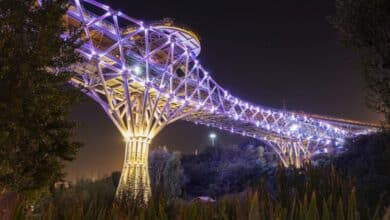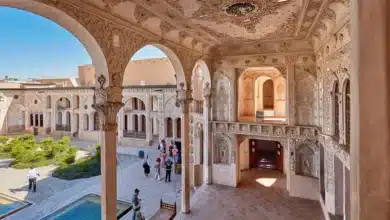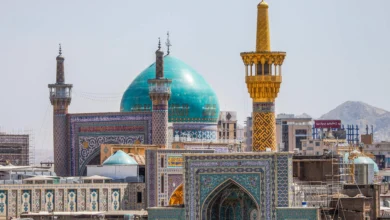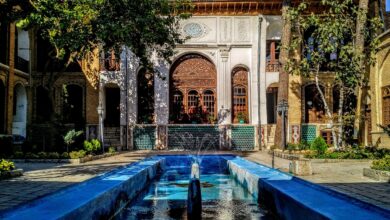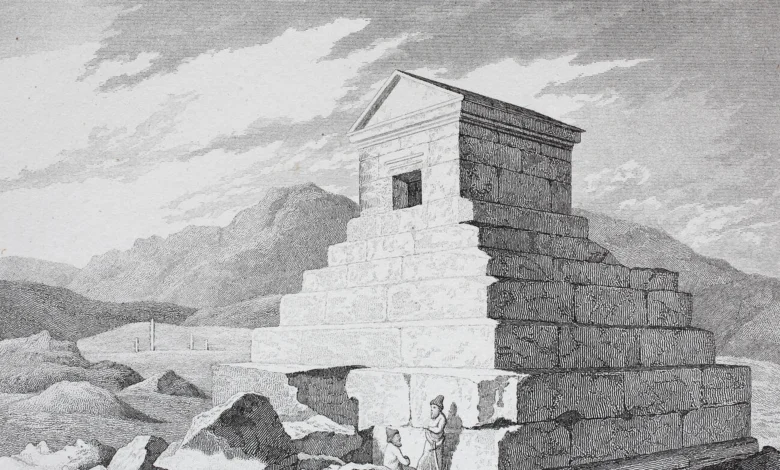
Have you ever wondered why the ancient land of Persia is now called Iran? This shift in naming reflects a profound journey through history, culture, and national identity. For travelers with OrientTrips, understanding this transition enriches your exploration of Iran’s storied past.
As you delve deeper into Iran’s fascinating history, you’ll uncover the rich tapestry of culture that once thrived under its ancient name.
From the Achaemenid Empire to modern nationhood, the change from Persia to Iran marks a deliberate reclaiming of heritage. Let’s explore the timeline and reasons behind this transformation, revealing how a name can shape a nation’s global identity.
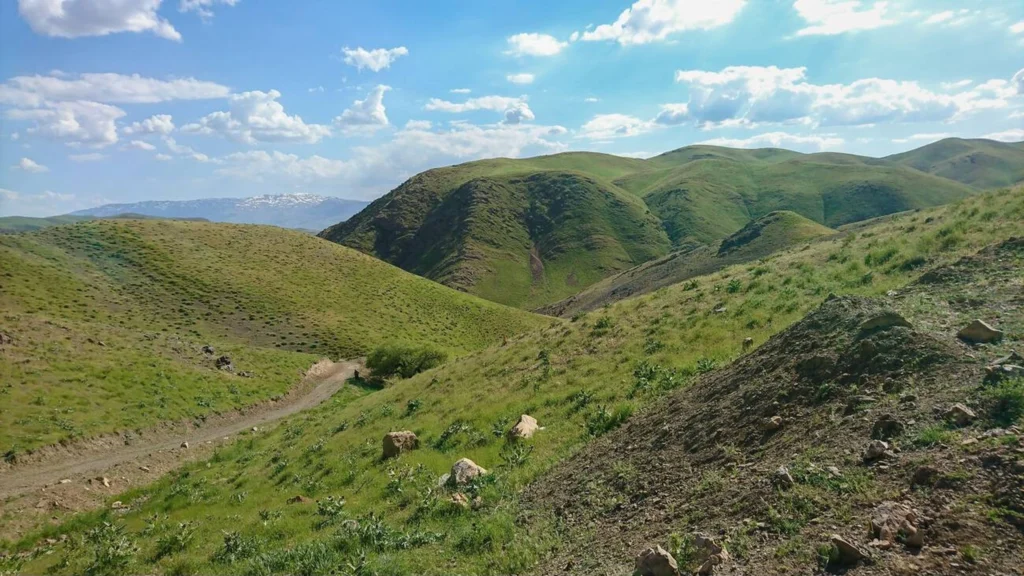
Contents
The Roots of Persia: A Historical Foundation
Persia emerged as a cultural and political powerhouse on the Iranian Plateau around the 6th century BCE. The Achaemenid Empire, founded by Cyrus the Great, unified diverse tribes under the name of Pars (modern Fars), a region in southern Iran. “The name Persia derives from Pars, the heart of our ancient empire,” a historian notes. This term, used by Greeks like Herodotus, became the West’s label for the vast Iranian lands, spanning from Egypt to India.
The Persian identity, tied to the Pars tribe, dominated through empires like the Parthians and Sasanians. It symbolized a rich civilization known for its art, governance, and Zoroastrian faith. Yet, the broader Iranian identity encompassed many ethnic groups—Medes, Bactrians, and Sogdians—across the plateau. This duality set the stage for the later name change.
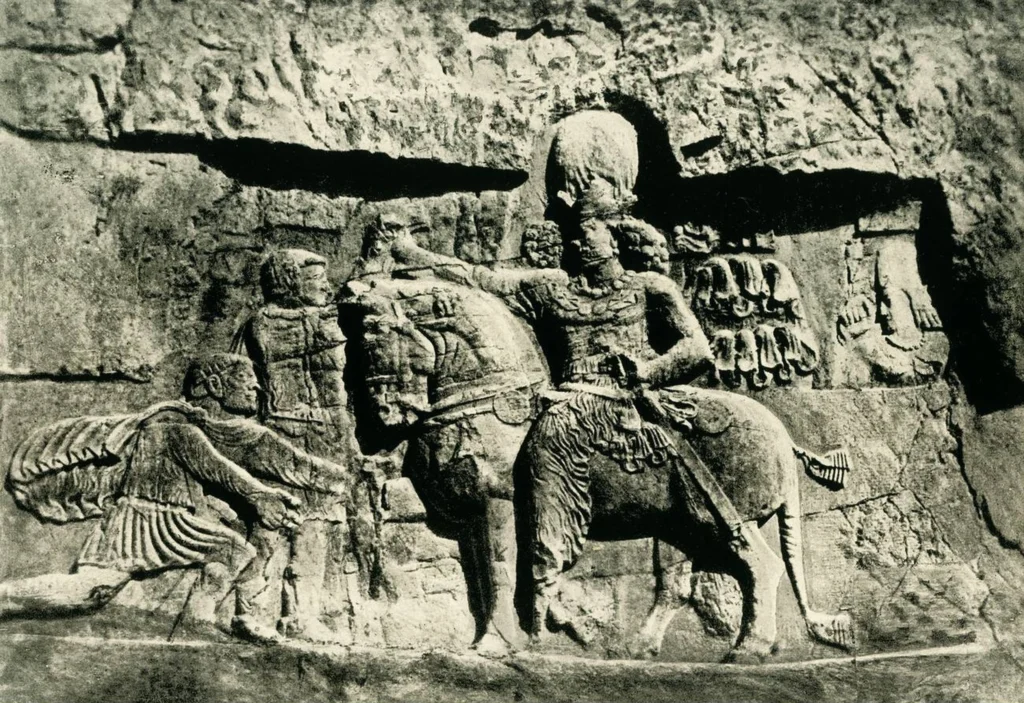
The Term Iran: An Ancient Legacy
Why Iran? The name stems from Ērān, an Old Persian term meaning “Land of the Aryans.” Used in Achaemenid inscriptions, it referred to the collective Iranian peoples. Sasanian kings, like Shapur I, adopted titles such as Šāhanšāh Ērān (King of Kings of Iran), emphasizing this broader identity. “Ērān was our unifying name, long before Persia,” a scholar explains.
In traditional texts like the Shāh-nāma, Iran appears as the homeland of heroic kings, distinct from the narrower cultural identity. While Persia highlighted one tribe, Iran embraced the plateau’s diverse cultures. This ancient name persisted in local usage, even as foreigners clung to Persia.
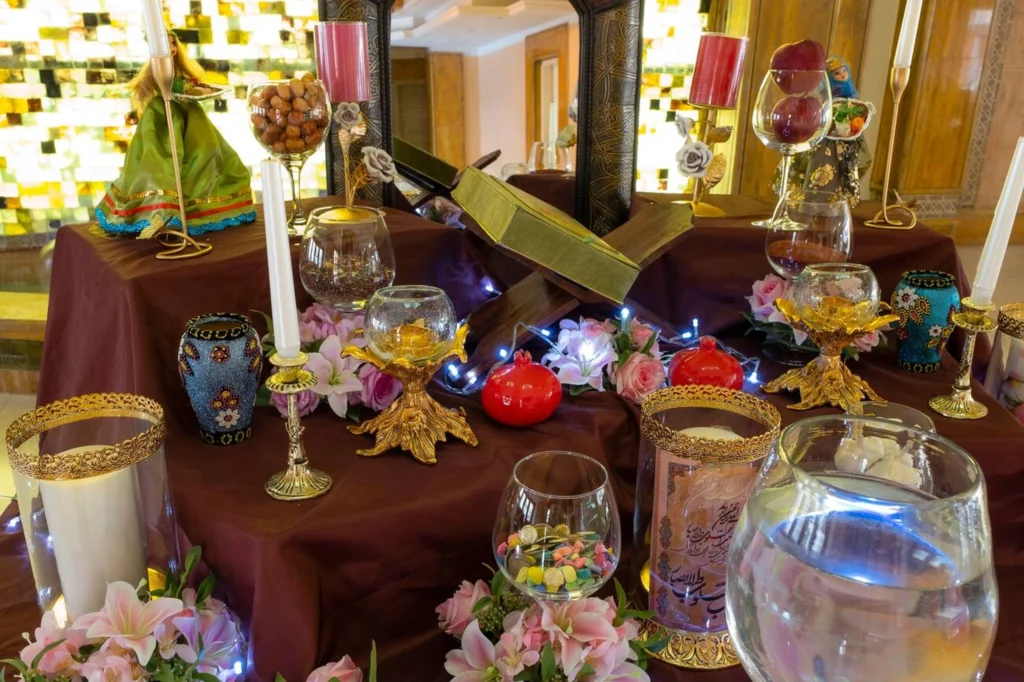
The Shift in the 20th Century: A Pivotal Moment
When did the change officially happen? In 1935, Reza Shah Pahlavi, founder of the Pahlavi dynasty, declared that the country should be called Iran internationally. On March 21, 1935, coinciding with Nowruz, he issued a decree requesting foreign governments to adopt Iran over Persia. This wasn’t a sudden whim—it was a calculated move to align the nation’s name with its historical and cultural roots.
Why make this change? Reza Shah aimed to modernize and unify Iran. The term Persia, while evocative, was tied to Western perceptions and the Pars region, sidelining other ethnic groups like Kurds and Azeris. Iran, rooted in Ērān, embraced all Iranians, fostering national unity. “We are Iranians, not just Persians,” Reza Shah reportedly stated, emphasizing inclusivity.

Political and Cultural Motivations
What drove this shift? Nationalism played a key role. In the early 20th century, Iran sought to assert its sovereignty amid Western influence. The name Persia carried colonial baggage, often linked to exoticized images in European literature. Iran, by contrast, was a proud, indigenous term, signaling a break from foreign stereotypes.
The rise of Aryan identity also influenced the decision. Reza Shah, inspired by scholarly works on Indo-European linguistics, saw Iran (Land of the Aryans) as a link to the nation’s ancient heritage. This resonated with efforts to revive pre-Islamic glory, evident in projects like the restoration of Persepolis. However, this focus on Aryan roots later sparked debates, given Iran’s diverse ethnic tapestry.
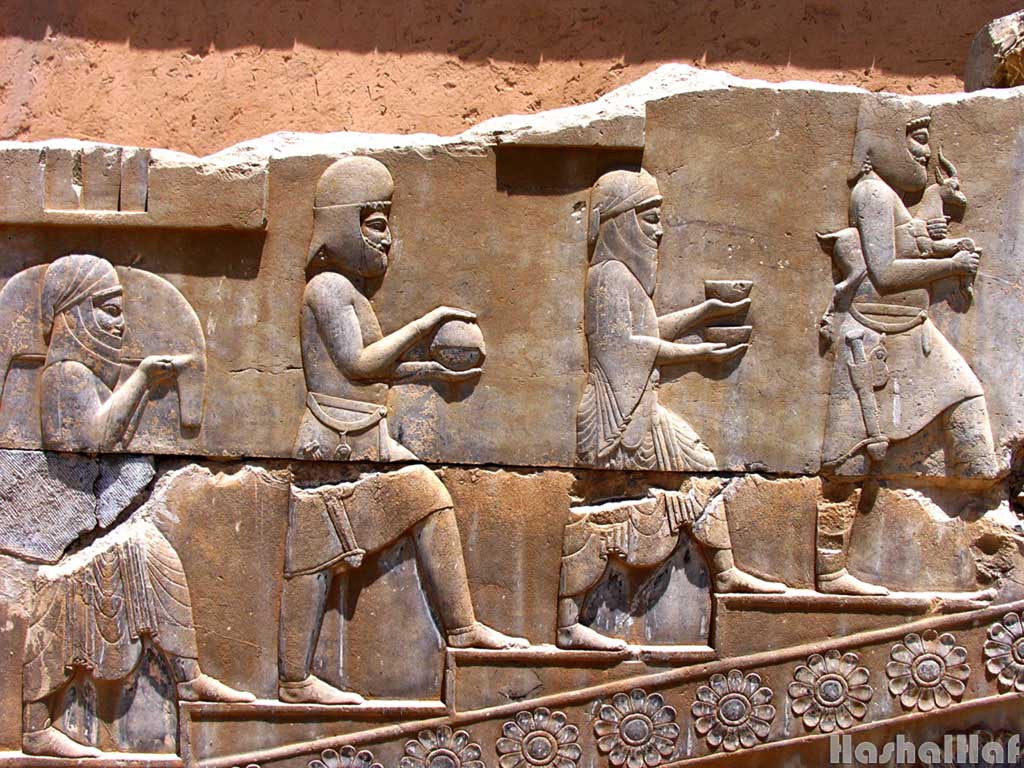
Global and Domestic Impact
How did the world react? Many countries adopted Iran swiftly, though some, like the United Kingdom, used both terms interchangeably for decades. In Iran, the change sparked mixed feelings. Urban elites embraced Iran as a modern identity, but rural communities and traditionalists clung to Persia, tied to cultural pride. “My grandfather still called it Persia,” a Tehran resident shares, highlighting lingering attachments.
The shift also influenced Iran’s global image. Iran projected strength and unity, aligning with Reza Shah’s reforms in education and infrastructure. Yet, it distanced the nation from the romantic allure of Persia, known for carpets and poetry. Over time, Iran became the standard, cementing its place in diplomacy and media.
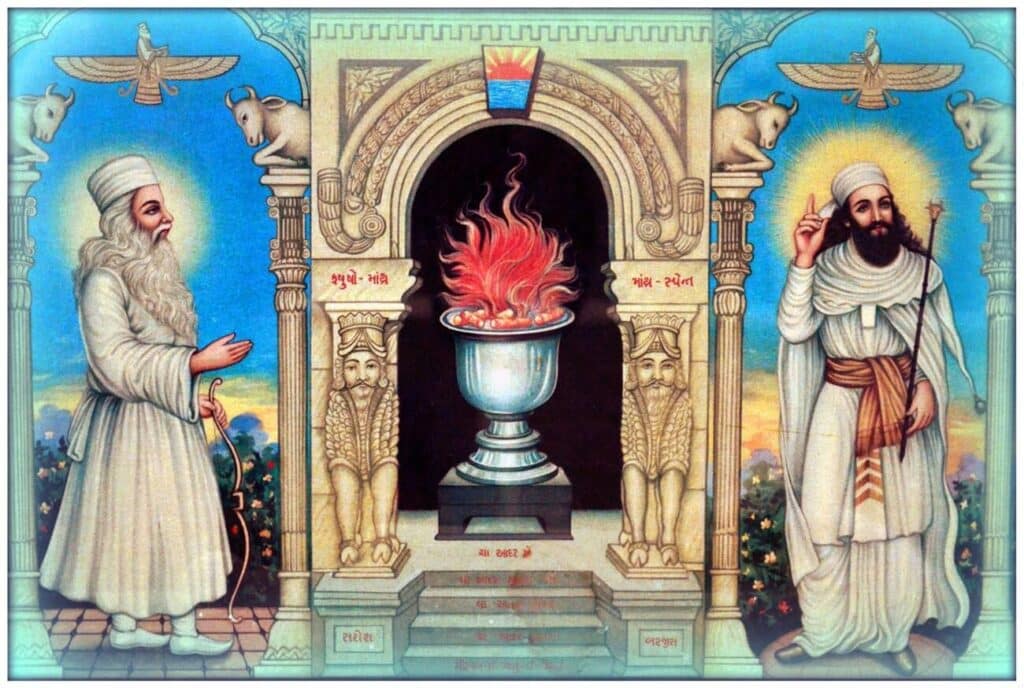
The Role of Zoroastrianism and Traditional History
Did religion shape the change? Zoroastrianism, Iran’s pre-Islamic faith, emphasized the Ērān identity in texts like the Bundahišn. The Shāh-nāma, while celebrating Persian kings, frames Iran as the broader homeland, battling foes like the Turanians. This dual identity—Persian royalty within an Iranian nation—supported the 1935 shift, grounding it in ancient texts.
The absence of Achaemenid and Median records in traditional history, due to Zoroastrian dominance, meant Iran was a more inclusive term than Persia. It bridged myth and history, uniting diverse tribes under a shared legacy.
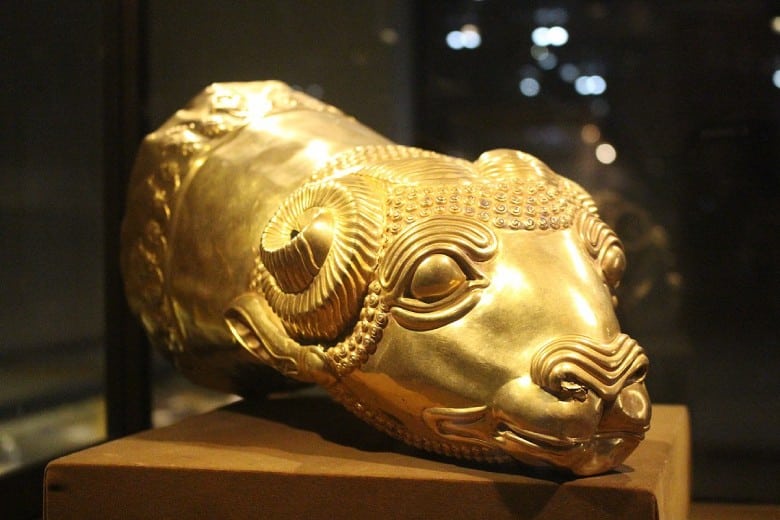
Modern Implications for Travelers
Why does this matter for OrientTrips travelers? Knowing the Persia to Iran transition deepens your appreciation of Iran’s identity. Visiting sites like Persepolis, you’ll see the Persian legacy, while in Mashhad’s shrines, you’ll feel the Iranian spirit of unity. The name Iran reflects a nation that honors its past while embracing its diverse present.
Explore cities like Isfahan, where Sasanian influences linger, or Tehran, a modern hub echoing Reza Shah’s vision. Each destination reveals layers of this naming evolution, from ancient Ērān to today’s Iran.
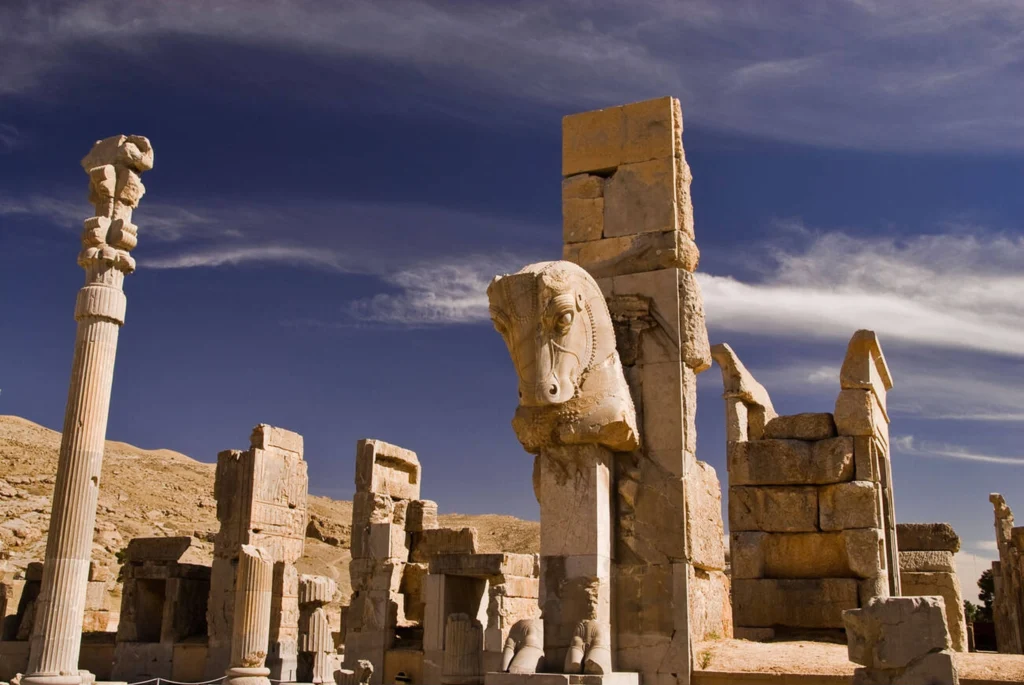
Final Thoughts
The transition from Persia to Iran in 1935 was more than a name change—it was a bold reclaiming of identity. Rooted in the ancient term Ērān, it unified diverse peoples under a shared heritage, shedding colonial connotations. For OrientTrips adventurers, this story adds depth to Iran’s landscapes and culture. What will you discover in the land once called Persia? Share your travel plans below!

